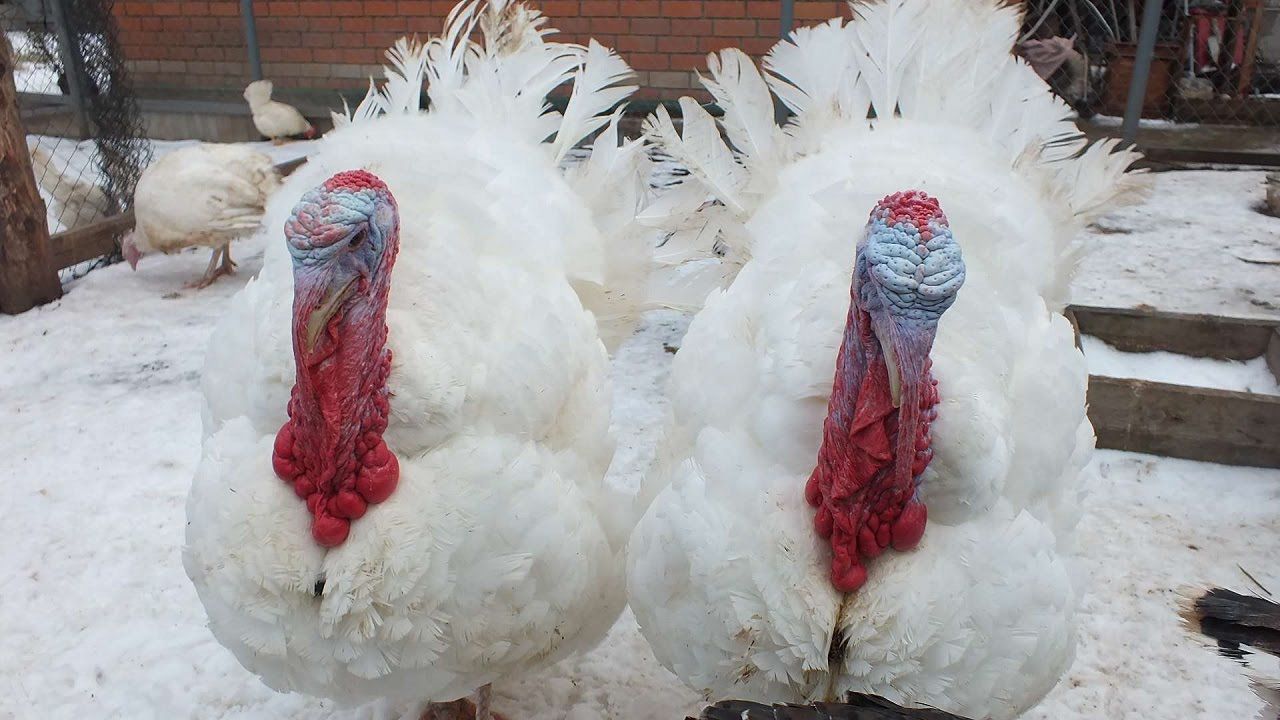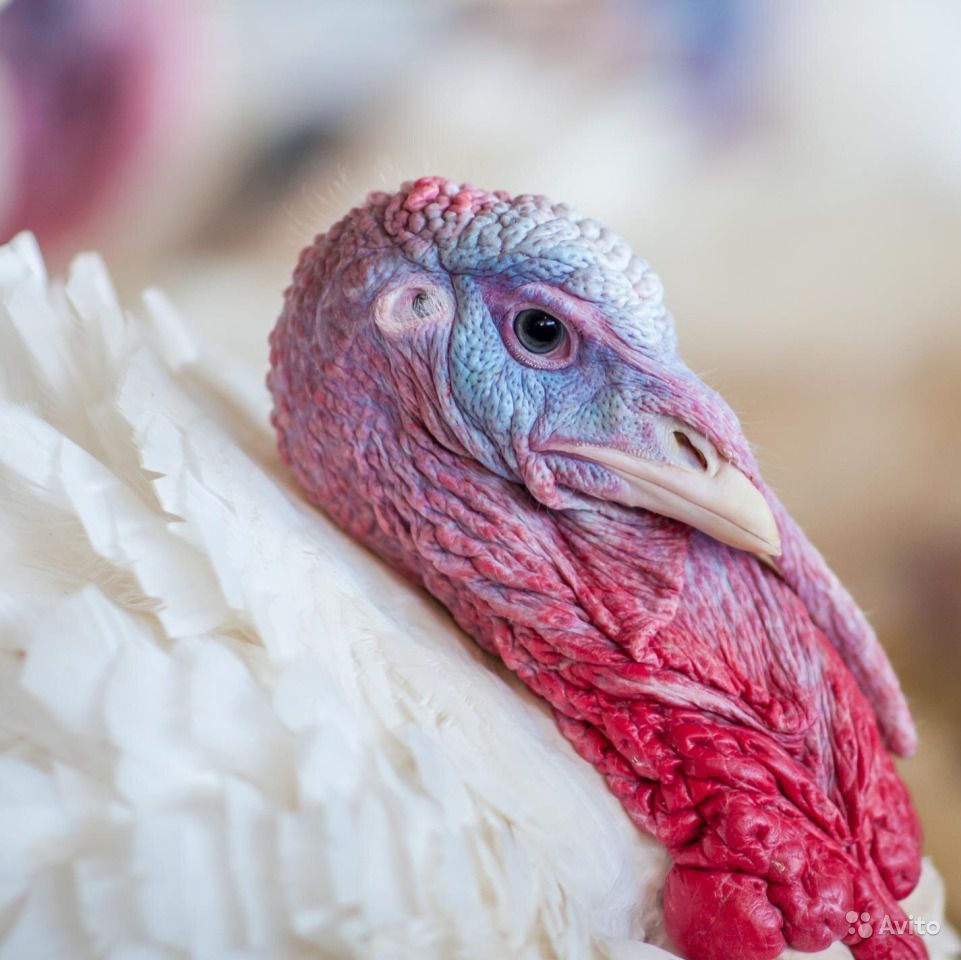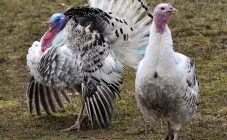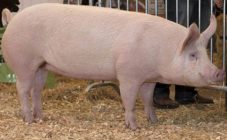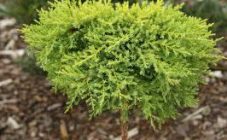Content:
Poultry (chickens, geese, ducks, turkeys) are picky and hardy individuals, therefore, large investments are not required to breed them. So, to maintain a small flock, you can build a poultry house without special costs. The availability of feed, the simplicity of the diet will allow you to get a source of tasty meat, eggs, fat, feathers and fluff in a short time. This article will focus on the Highbread Converter turkeys.
Two kinds of hybrids are especially popular: Grade Maker and Converter. The first species, the Grade Maker, is considered a medium-heavy cross. Full formation of an adult occurs literally in 70-85 weeks, but the weight of the bird is usually small - 5 kg.
The breed Hybrid Converter turkeys (mistakenly some call it a converter) is classified as a heavy cross, since the meat mass yield is high. This type of turkey was bred by Canadian breeders, who for crossing chose a line of birds of two breeds with the best characteristics: White Dutch and Bronze broad-breasted.
External description
Highbread Converter turkeys have the following characteristics:
- Appearance - it is impossible to confuse turkeys with other birds. They are “dressed” in luxurious white plumage and wear a bright red earring on their beak. The broad-breasted male, in contrast to the female, has a large white fluffy tail. Despite their massive, muscular physique, in case of danger, they are able to take a 2-meter height, run at a speed of 45 km per hour. They are often called Indo-Strauss, super-turkeys.
- Weight - the first week after the birth of turkeys does not give a significant gain (weigh only 0.15-0.16 kg). But after a month they gain a good weight: female - 1.16 kg, male - 1.28 kg. Adults at the age of 21-22 weeks reach weight: turkey - from 12 to 14 kg, turkey - from 20 to 23 kg. Therefore, the Converter is classified as a heavy meat crosses. The meat is tasty, tender and juicy. Its use does not cause allergies, it contains a lot of protein, amino acids, B vitamins, selenium. The meat is used for the preparation of baby food, various dietary meals.
- Fertility - a one-year-old turkey hybrid The converter is fully developed for the fertilization process. From 9 months of age, the female is able not only to lay eggs weighing up to 80 g, but also to patiently incubate chicks for 30 or more days. High egg production in turkeys is usually observed in the winter-spring period. During this period, you can breed the offspring of turkeys of the Highbrid breed of heavy cross.
Conditions for keeping
Now about what heavy cross turkeys should have for living, and where to start growing them.
Premises, its arrangement
For breeding and maintenance, a special structure is being set up. It should be warm (air temperature - 17-20 ° С) and dry (humidity - 60-70%).
For constant ventilation in the poultry house, special exhaust pipes are installed, opening windows. But air circulation should not create drafts; windows are opened in calm, windless weather.
The size of the house depends on what kind of flock of adult turkeys, young animals will be kept in it. So, one turkey poultry claims 1 sq. m area. From 5 weeks of age, females and males are kept separately, therefore, compartments are made in the room using a fine-mesh mesh.
In the poultry house several perches must be made at a height of 80 cm from the floor. Since the Hybrid turkeys are heavy, it is better to use reliable bars with a section of 7-8 cm. The roosts are located at a distance of 60 cm from each other.
The nests are arranged in a dark and dry place, and 2 nests are enough for 5 females. They are placed at a height of 25 cm from the floor surface.
A litter is placed on the hard floor, at least 15 cm thick, made of straw, shavings, coniferous wood.
Feeders are made of plastic, metal, wood. The bunker structure is considered the most convenient, since the birds have the opportunity to start and end the feeding process themselves.
When installing drinkers, one important condition is taken into account: in order to avoid wetting the paws and feathers, the drinkers are made shallow and placed at the level of the neck.
Walking area
There should be a lot of useful herbs (peas, clover, alfalfa, etc.) in the turkey grazing area. In addition, turkeys need a place with sand to swim in. Thus, they clean their plumage from harmful insects.
To enter the birds from the aviary into the poultry house, additional manholes and hatches are made.
Breeding process
Acquisition and raising of chicks
If the breeding of turkeys is planned in the conditions of large farms and on an especially large scale, then one cannot do without the process of incubating eggs. But for a small private courtyard, young growth is more profitable to purchase.
The rules for choosing when buying healthy chicks are as follows:
- Smooth and even plumage, dry navel, soft belly;
- The wings fit tightly to the body;
- Active mobility, stability when moving;
- Fast response to sounds, voices, noise.
Temperature
The chicks are placed in a well-insulated place; for week-old turkeys, the temperature is maintained within the range of 31-34 ° C. If they are already 2 weeks old, then the temperature is reduced to 24-27 ° C. One-month-old chicks feel comfortable at an air temperature of 18-20 ° C.
For maintenance, they acquire or make on their own from a fine mesh a cage about 50 cm high. The mesh floor is covered with material, cardboard, and it is often changed when dirty.
Lighting
In the first weeks, the place of detention should be lit around the clock, by 6 weeks the lighting is sufficient for 8 hours.
Feeding
First, we will describe some of the feeding features of this breed:
- The feed must contain mineral and vitamin supplements.
- Protein foods are considered the basis of the diet of heavyweight turkeys.
Chicks diet
For the first three weeks, babies will have to be fed 7 times a day, then the number of feedings is gradually reduced, chicks are fed only 4 times a month. The menu includes chopped eggs, cottage cheese, special food PK 5, PK 6. It is good to add them to steamed grains of corn, buckwheat, wheat. To accelerate the growth of chicks, to increase their immunity, crushed eggshells, chalk, bone meal are introduced into the diet.
Adult diet
The basis of the diet is considered to be cereals made from wheat, oats, corn, as well as special feed. In autumn, boiled vegetables (potatoes, carrots, beets, etc.) are added to cereals and mixtures.
When compiling a menu, you cannot do without adding fresh herbs (dandelion, nettle, alfalfa, peas, etc.). For the winter, the grass is dried and stored in the form of hay, for feeding it is crushed and soaked.
Regardless of the season, the diet of Heavy Cross turkeys should contain vitamin supplements and trace elements.The sources of calcium are chalk, crushed shell rock and rock gravel. There is a lot of valuable protein in meat and fish residues.
Prevention and treatment of diseases
Hybrid turkeys, like the Bronze-708 breed, are prone to dangerous infectious diseases, such as respiratory mycoplasmosis (runny nose), histomonosis, and tuberculosis. In sick birds, coordination of movements is impaired, and they often fall. With the onset of severe diarrhea, turkeys are free from food and lose weight. In case of tuberculosis, specific growths appear on the skin, and the bird is destroyed. For the treatment of infections, antibiotics, vaccines Furazolidone, Osarsol and other drugs are used.
Breed advantages and disadvantages
The advantages due to which the Hybrid turkeys are so prized are:
- Fast set of meat mass;
- Taste qualities of meat, its dietary properties;
- Short growing times;
- High digestibility of many feeds.
On some shortcomings:
- Expensive high quality feed is used for cultivation;
- To strengthen the immune system, expensive vitamin supplements are used.
A delicious and appetizing turkey for Christmas is considered the main dish of the festive table. The meat of this bird is in demand in many countries, therefore, despite the significant consumption of feed, it is profitable to grow it.
